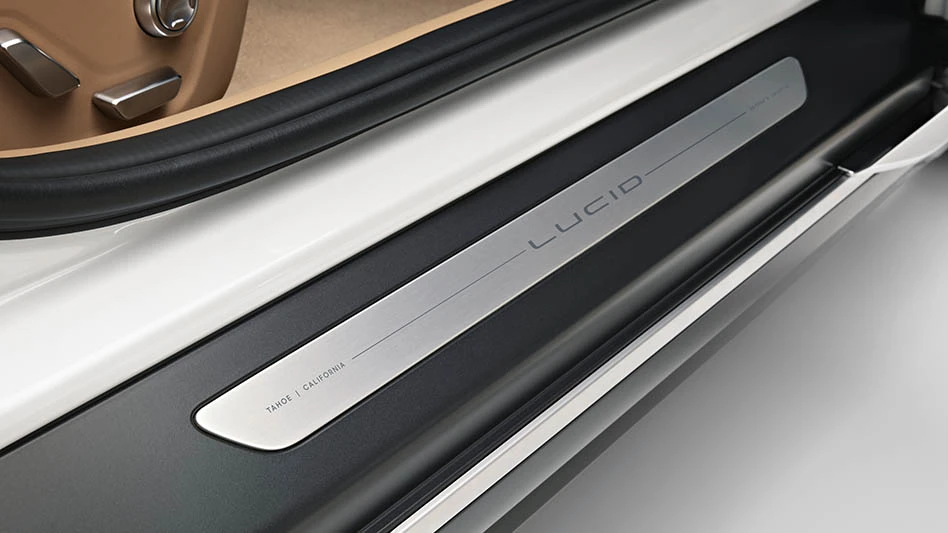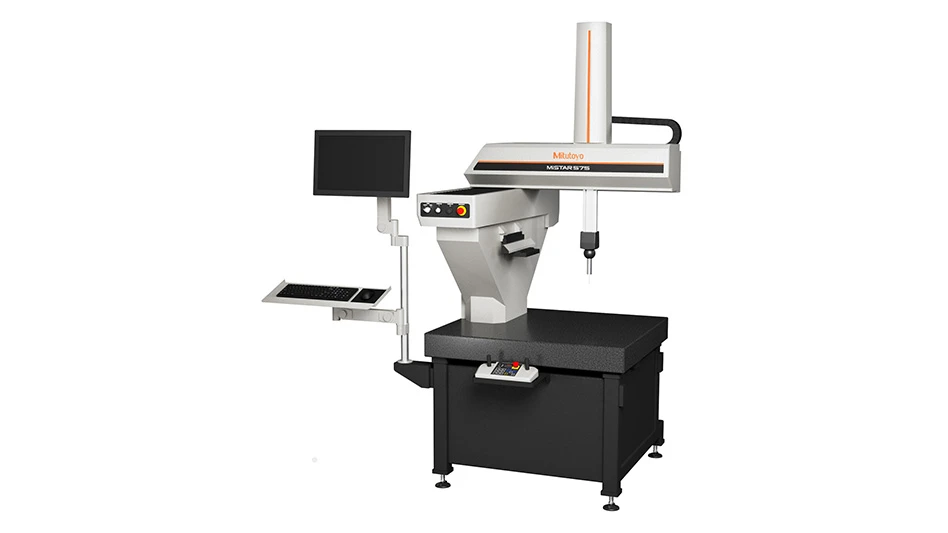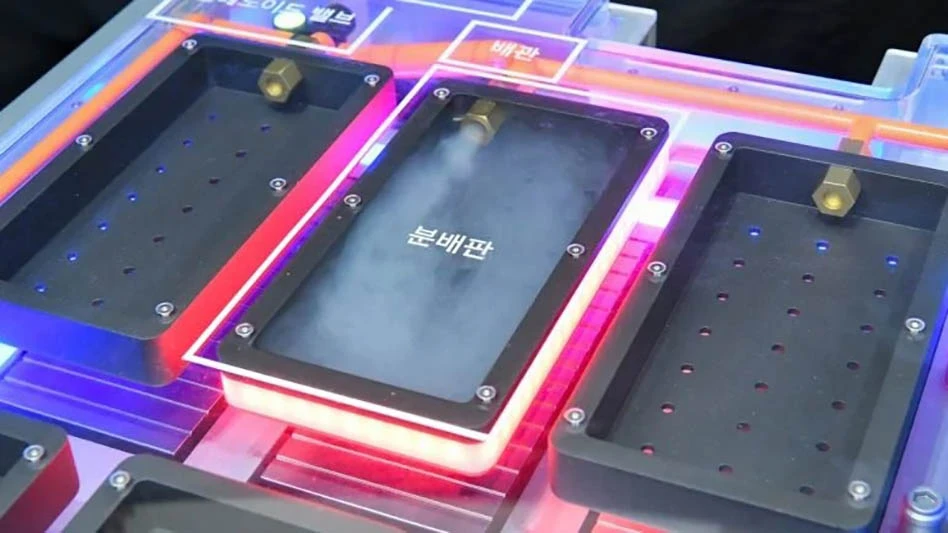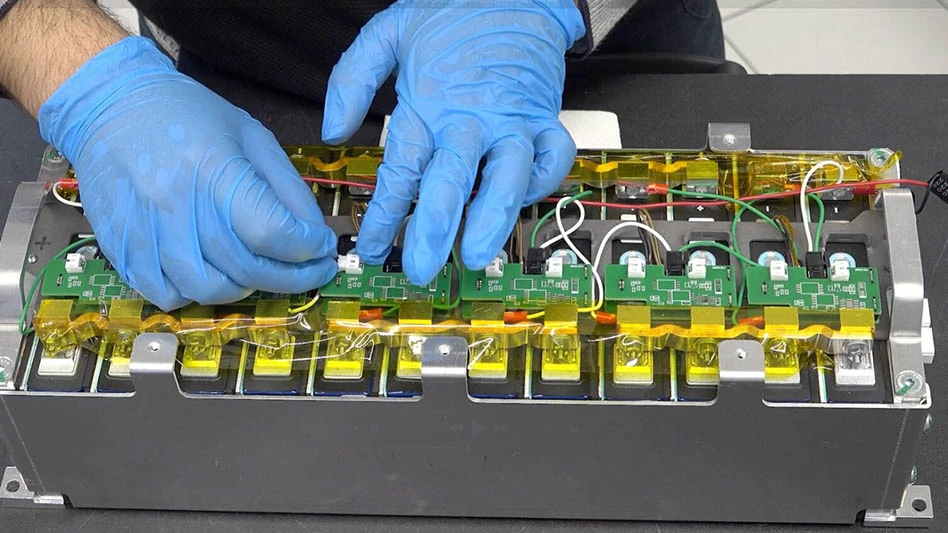
There is a massive shift happening in the automotive industry. A larger part of the electrification evolution goes beyond the engine – cars need to be connected and not just for the consumer, but for the manufacturer. The entire car-owning and operating experience has become a data gold mine, providing manufacturers with information to change every step of the production line. However, global changes are impacting every step of

this, requiring a new approach to electric vehicles (EV).
1.Modern automobiles are mobile computers
The modern automobile, from even the base model cars and trucks, are more than just the engine, frame, and wheels. Most modern automobiles have more in common with your smartphone. This goes beyond the High-tech entertainment consoles connect via Bluetooth – sensors in everything from the engine to the tires; front, rear, and side cameras; self-parking and collision detection systems; and batteries that constantly require charging all create a mobile smart device that requires complicated chips, longer-lasting batteries, and connected sensors. And these parts come with their own challenges susceptible to the ongoing disruption from the past year.
2. The heart of the EV isn’t easy
The central component of the electric vehicle is the battery, which today is made of numerous components, each requiring its own production. Many of these components are limited to select factories, and as these factories are disrupted, this causes a global shut down. Battery manufacturers are opening additional giga factories around the world. However, the new connected batteries are not easily substituted, leading to additional disruptions.
3. COVID’s two-fold disruption in the supply chain
The more overt impact of COVID-19 was on the workforce. Sites going into lockdown, health risks to large, enclosed workforces, and sick leave decreased staff and production at plants across the country. With these and other financial effects in place, many manufacturers cut production to save costs and decrease spend. We are now seeing the hindsight of those cuts in the significantly reduced supply available: as electronic components are scarce due to the disruption, automotive factories are now having trouble manufacturing cars because of the lack of parts.
4. The right amount of automation
To understand the evolved role of factories, manufacturers need more visibility and granularity into the factory to respond to production disruptions. Manufacturers have gone lean to decrease costs, but evidenced by the market’s limited supply, they are now so lean that they can’t keep up with demand. Businesses need to discover the right answer: go too lean, and you lose production and business; don’t go lean enough and costs skyrocket beyond income. The solution is to leverage more data collection in the factory as well as in the cars, transfer this data to the cloud, and disseminate the data so that engineers, leadership, and plant managers can make the right decisions for success.
5. As automobiles become smarter, automotive manufacturing needs to be smarter. Between potential disruptions of workforces, supply chains, rising costs, or energy consumption, the smart manufacturer needs to collect and use data properly to make decisions that have net short-term and long-term benefits. By leveraging more cloud applications and data collection opportunities, manufacturers can more accurately predict where disruptions may occur and improve their operations.
FOR MORE INFORMATION:
Latest from EV Design & Manufacturing
- Lyten expands domestic battery supply chain with US-produced lithium
- STMicroelectronics develops automotive microcontrollers with extensible memory solution
- #58 - Manufacturing Matters - 2024 Metrology's Latest Advancements with Starrett
- Collaborative project demonstrates digital thread for parts manufacturing
- Strategies to improve milling and turning for medical components
- Being proactive about your business despite uncertainty
- Key to lithium-sulfur battery performance may be…corn?
- Optimizing production of high-precision components through collaboration






